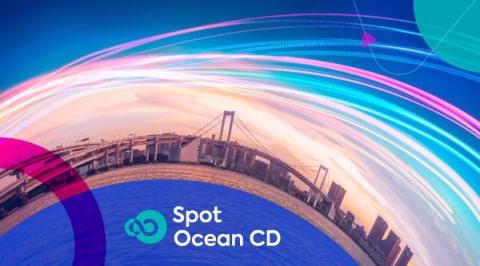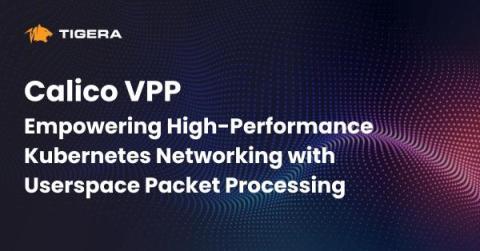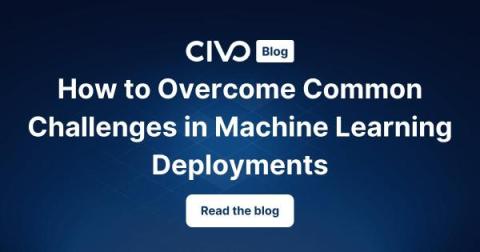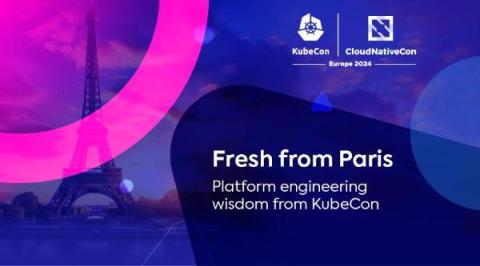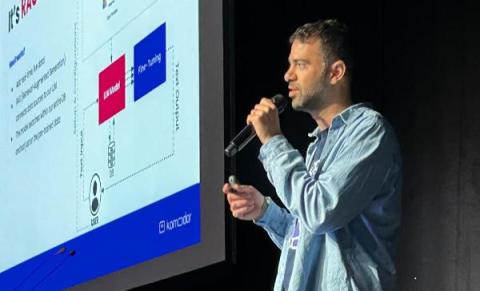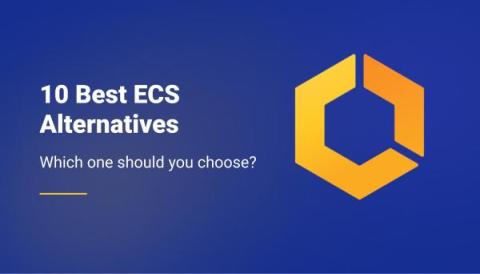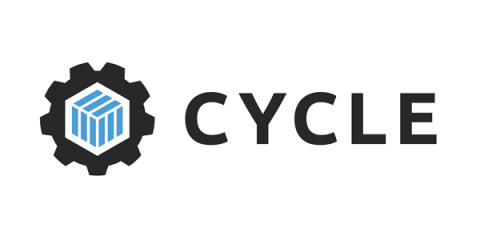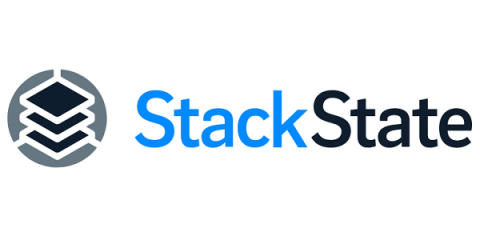Empowering organizations with reliable continuous delivery for Kubernetes applications
Managing application updates in production and ensuring the reliability of software releases in Kubernetes environments can be challenging. Small changes can sometimes lead to unforeseen issues in production. These unexpected problems, combined with the lack of scalability and the high costs associated with managing complex solutions, can be daunting.


